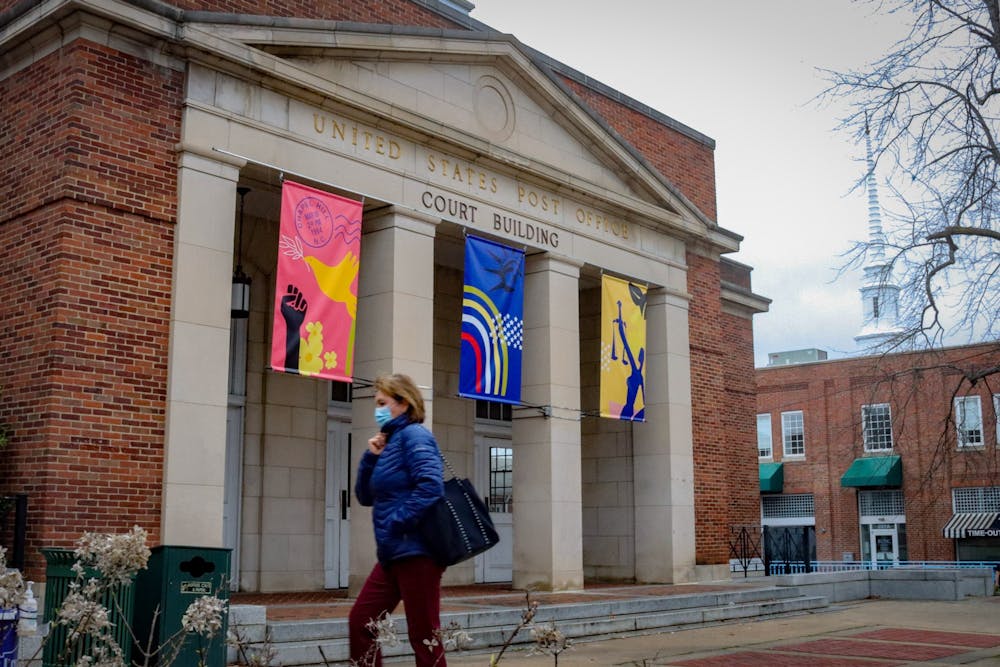In March 1964, civil rights activists James Foushee, John Dunne, LaVert Taylor and Patrick Cusick spent eight days on the lawn of the Franklin Street Post Office consuming nothing but water and cigarettes.
In a leaflet written and signed by the participants, the four wrote they were holding a hunger strike to demand Chapel Hill public officials pass a Public Accommodations Ordinance that would end segregated employment and housing practices.
“We hope that each of us, as we observe the final week of Lent, will ask ourselves the question: have I honestly and sincerely done all in my power to eliminate racial discrimination in Chapel Hill?” they said.
The protest is known as the Holy Week Fast, and, according to community historian Danita Mason-Hogans, was the beginning of a long history of civil rights demonstrations at the post office located at 179 E Franklin St.. That area is now known as the Peace and Justice Plaza.
The building was constructed in 1917 and remodeled in 1937 using funding from a New Deal program called the Works Progress Administration, Chapel Hill Historical Society Treasurer Thomas Jepsen said.
He said Chapel Hill’s Civil Rights Movement took off in the early 1960s, largely due to the efforts of Black students at Lincoln High School who led weekly marches ending at, what is now, the Peace and Justice Plaza.
“It seemed like a logical place,” Jepsen said. “If we're going to ask for justice, let's do it in front of the courthouse.”
By 1963, UNC students had joined the movement, and the number of people protesting weekly on the courthouse lawn increased.
Jepsen said the plaza’s proximity to UNC’s campus was part of why it became a gathering spot, and student organizations often held events there to bypass on-campus speaker bans put in place by the Board of Governors.



